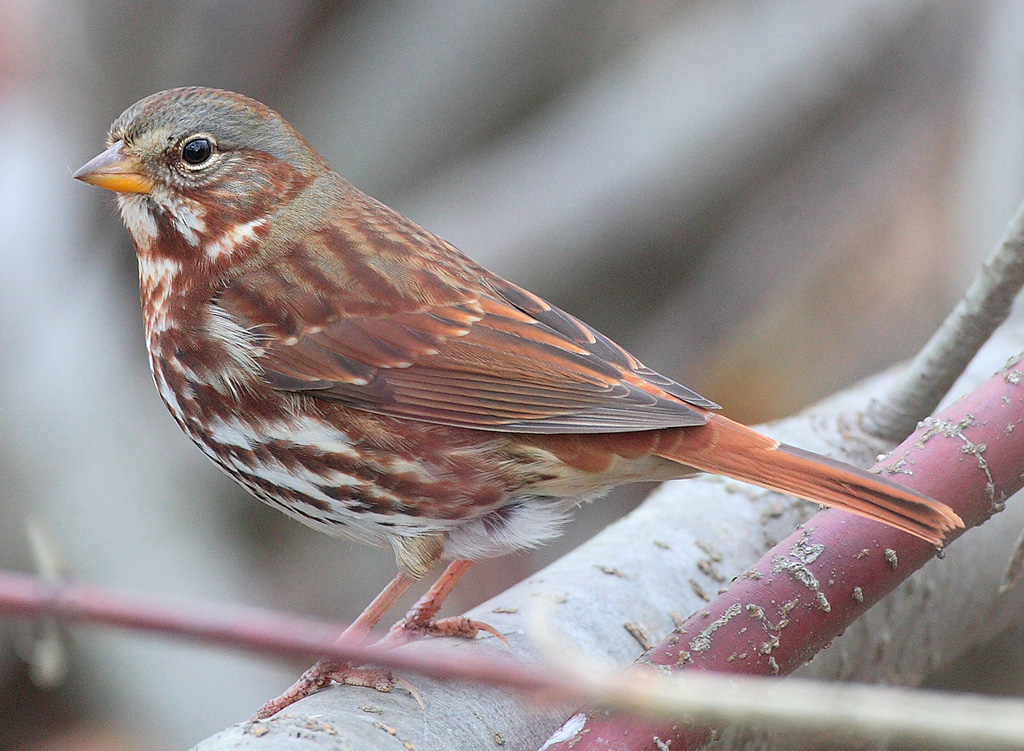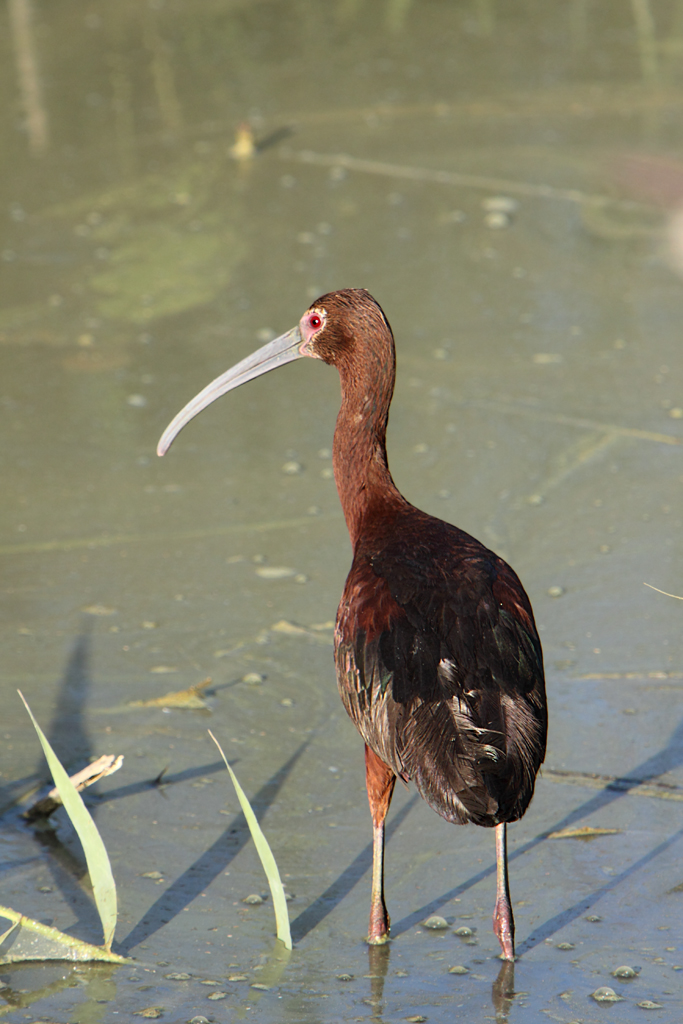3/5/22 - MADU- Masked Duck
3/6/22 - BARS- Barn Swallow
3/7/22 - FOSP- Fox Sparrow
Got a little behind. My daughter and I have started doing the BRDL together before school, instead of my doing it right after I wake up. Which leaves little time for a blog post before heading out to work, but seems to me to be a better way to do the BRDL.
So let's catch up! Masked Duck was a tough one. Have never heard of this bird -- it mainly lives in Mexico, Caribbean, and South America, but occasionally has been sighted a little further north. Black face mask, bright blue bill.
By Charles J. Sharp - Own work, from Sharp Photography, CC BY-SA 4.0, https://commons.wikimedia.org/w/index.php?curid=38218684
Barn Swallow was tough for another reason -- the banding codes don't follow the rules if more than one bird has them. So BASW isn't a thing since it could mean Barn Swallow or Bank Swallow. So we get BARS and BANS. They have a beautiful blue sheen above and tawny orange on their chest. The chest and the forked tail are what identify this bird for me. I love watching them swoop around fields. They have adapted to human habitation, making most of their nests in barns and eaves of buildings. Legend says that the barn swallow stole fire from the gods to bring to the people, and the gods threw a fireball at the bird, singing its tail and causing the fork. I wonder what Prometheus would have to say about that.
By I, Malene, CC BY 2.5, https://commons.wikimedia.org/w/index.php?curid=20612
Fox Sparrow is the biggest of the sparrows, notable for its reddish hue. I first saw a Fox Sparrow during our first winter in our rental house in Amherst. It was right underneath the feeder, standing out among the other juncos that were milling about. Seems that that is the preferred activity of these sparrows -- hiding out in brush, then kicking around in leaf litter on the ground, looking for food.
By No machine-readable author provided. Factumquintus assumed CC BY-SA 3.0, https://commons.wikimedia.org/w/index.php?curid=440313





.jpg/1280px-Masked_duck_(Nomonyx_dominicus).jpg)



